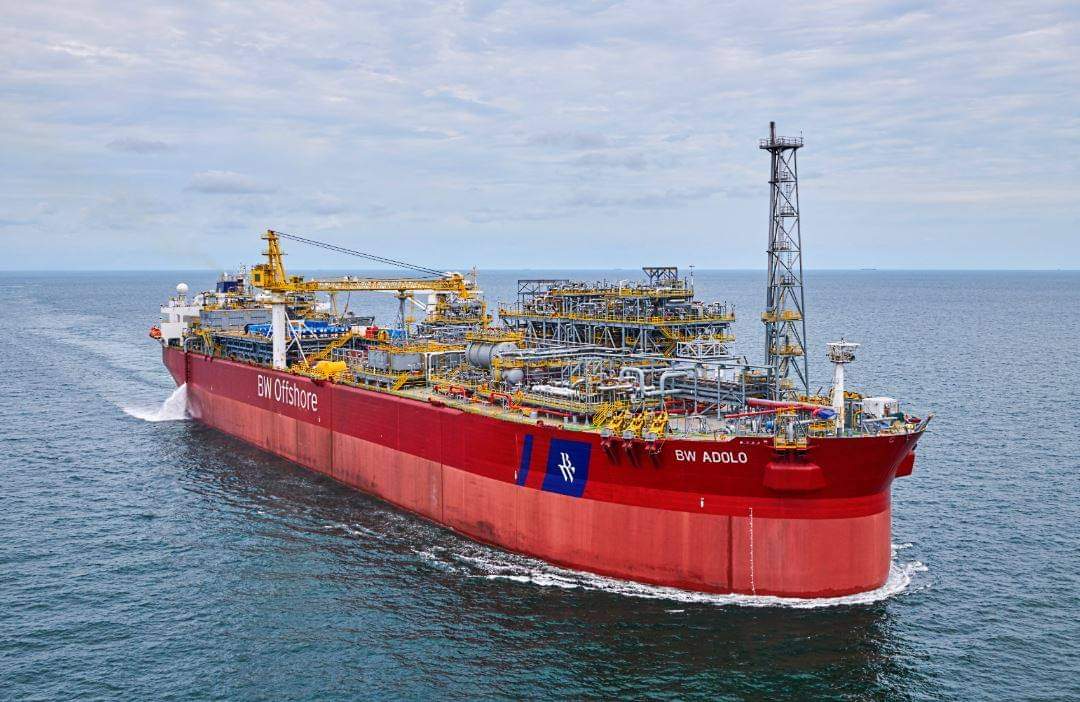Read more
On Monday, natural gas and helium producer Renergen announced the completion of a helium forward sale agreement for 100,000 units over a period of 19 years. Each unit represents a thousand standard cubic feet (mcf) of helium at 99.999% purity and in liquid form and weights 4.7kg (37.5 litres when in liquid form). The units will be sold to Argonon Helium US Inc, a newly incorporated American helium trading company in Delaware. Argonon’s vision is to use these helium units to establish a spot market for helium. “Unlike other more transparent commodities, helium is not presently traded in the spot market and a visible price per mcf is not available. The collaboration between Renergen and Argonon is specifically designed to bring transparency of pricing into the helium market and highlight the growing global importance of helium,” Renergen said in a statement. The helium will be coming from Renergen’s Virginia Gas Project onshore South Africa. This is where Renergen’s subsidiary Tetra4 is developing the country’s first and only onshore petroleum production right to become the first liquefied natural gas (LNG) and helium producer in the country. The company already began producing small quantities of compressed natural gas (CNG) in 2016, which it supplies to the transport and logistics industry. The Virginia Gas Project is the next major phase of development, targeting the production of LNG and helium by the end 2021 by developing total proved (1P) methane reserves of 40.76 billion cubic feet (Bcf) and 1P helium reserves of 1.01 Bcf. Its Phase 1 consists in significant infrastructure expansion with a new scalable gas plant and pipeline, and a maximum production target of 74.6 million cubic feet per day (MMcfd) (about 350kg) of liquid helium and 2,700 GJ (50 tons) of LNG. Upon start of production, Renergen will become South Africa’s first distributor of LNG at filling stations through its partnership with French major TotalEnergies, and the country’s only domestic producer of helium. But the recent deal with Argonon further paves the way for the second phase of development at Virginia. With proved and probable (2P) reserves of methane estimated at 138.99Bcf and of helium estimated at 3.41 Bcf, the project has significant growth potential. As a result, Phase 2 is expected to follow by Q4 2023, further increasing LNG production to meet an anticipated increase in demand and provide LNG supplies across all major highways in South Africa. Key contracts for phase 2 were awarded in early 2021, including the FEED studies, and the final investment decision (FID) is expected to be taken once these are completed. Phase 2 is designed to allow Renergen to produce significantly larger quantities of LNG and liquid helium. Future helium’s production will be further supported by gas strikes in March 2021 at the POO7 and MDR1 wells: the former returned a helium concentration of 4.38% while the latter returned a helium concentration of 3.15%. Renergen’s recent deal with Argonon gives it potential pre-funded helium sales from Phase 2 of up to $25m and a portion of these funds would be used to accelerate Phase 2 of drilling without the need for an equity issue. Full details on the Virginia Gas Project are available in the “Projects” section within your Hawilti+ research terminal.
Earlier today, Tanzania celebrated the readiness of the Julius Nyerere’s main dam for its first phase of reservoir impounding. The project’s water storage basin reached a depth of 95m in its mid-section, allowing for the start of water filling. The project has been under construction since 2019, with the engineering, procurement and construction executed by the Egyptian consortium of Elsewedy Electric and The Arab Contractors. The facility involves a 134m RCC gravity dam and appurtenant structures, with expected reservoir length of 100km, covering an area of about 1,350km2. Upon completion, the 2,115 MW project will be one of sub-Saharan Africa’s biggest hydroelectric facility. It is expected to be able to generate up to 6,307 GWh a year. Full details on the Julis Nyerere Hydropower Plant (Rufiji) are available in the “Projects” section within your Hawilti+ research terminal.

